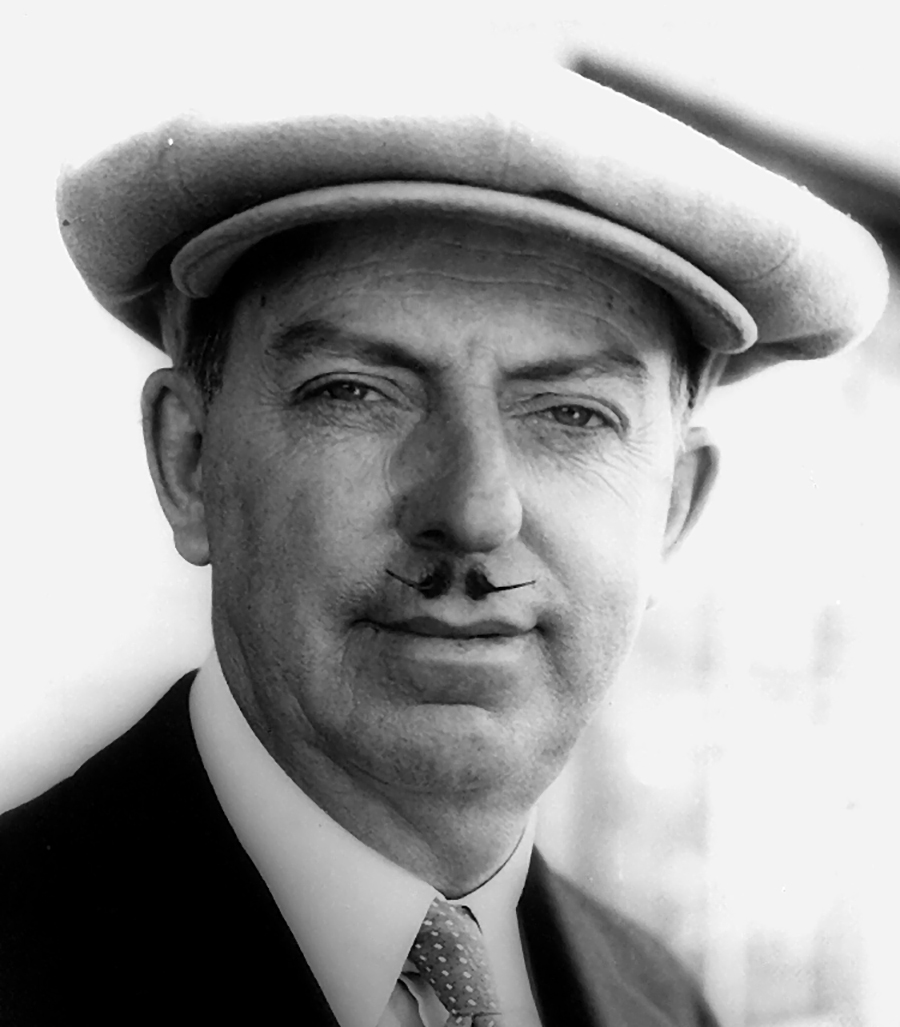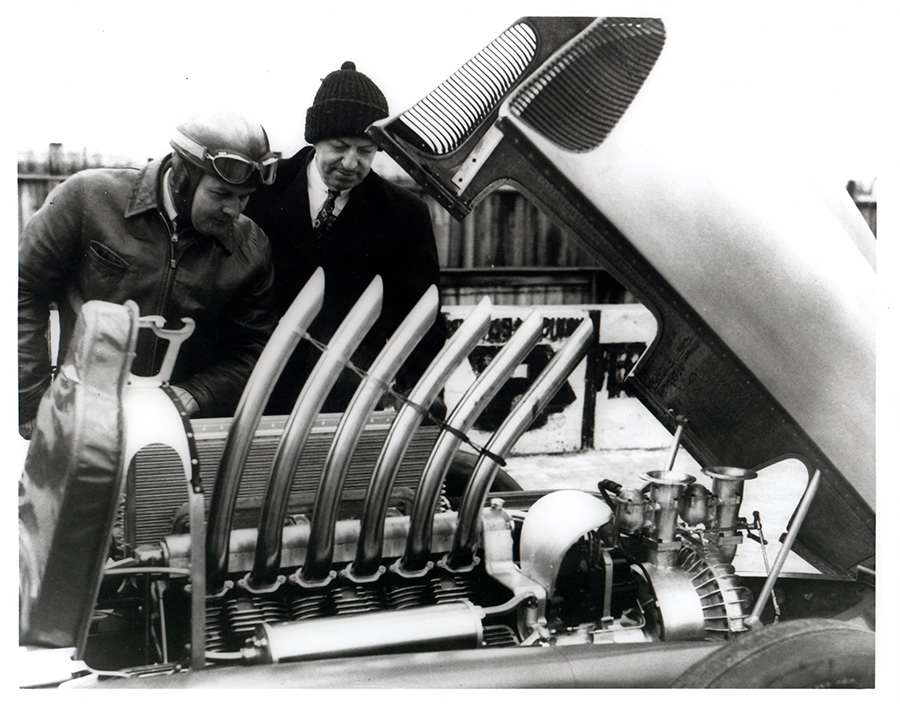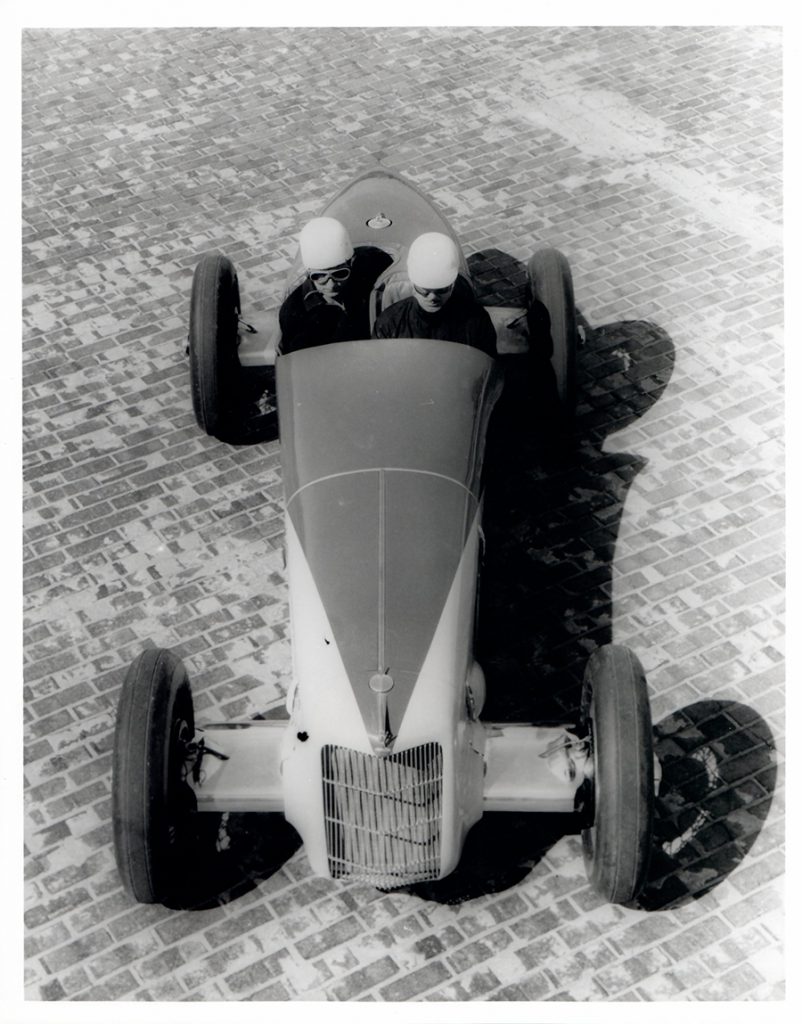Harry Miller
HARRY MILLER, considered a genius by many racing historians, was one of the most successful developers of American racing cars, particularly during the mid- and late-1920s, a period often referred to as “The Golden Age of the American Racing Car.” After starting a carburetor manufacturing company in Los Angeles, California, around 1907, Miller began taking on additional work repairing and overhauling race cars. Legend has it that he developed his first racing engine after studying a Bob Burman-owned Peugeot that had blown up. Miller collaborated with Barney Oldfield to produce the famed streamlined “Golden Submarine” with which Oldfield “barnstormed” for years. The first Miller engine appeared at an Indianapolis 500 race in 1921. The following year, Jimmy Murphy won the Indianapolis 500 from the pole in the Duesenberg with which he had won the 1921 French Grand Prix, but which was modified to include a 183-cubic-inch “straight-eight” Miller engine. Miller began producing complete race cars that dominated auto racing for years, in both front-drive and rear-drive forms. Race cars Miller designed won the Indianapolis 500 in 1923 and 1926, and then every year from 1928 through 1934. By 1934 the four-cylinder Miller marine engine was replacing the straight-eight. Miller filed for bankruptcy in 1933, but his company was acquired by longtime associate Fred Offenhauser and the dynasty continued. In 1935, Miller produced ten Ford V8-powered cars for Edsel Ford and Preston Tucker that were not successful in the Indianapolis 500, with only four qualifying and none finishing. Miller’s final effort was a Gulf Oil-sponsored team of futuristic V6 supercharged four-wheel-drive rear-engine cars. In 1939, George Bailey started in the sixth position, marking the first occasion on which a rear-engine car qualified for a “500.”
YEAR INDUCTED: 1963
IMAGE GALLERY


